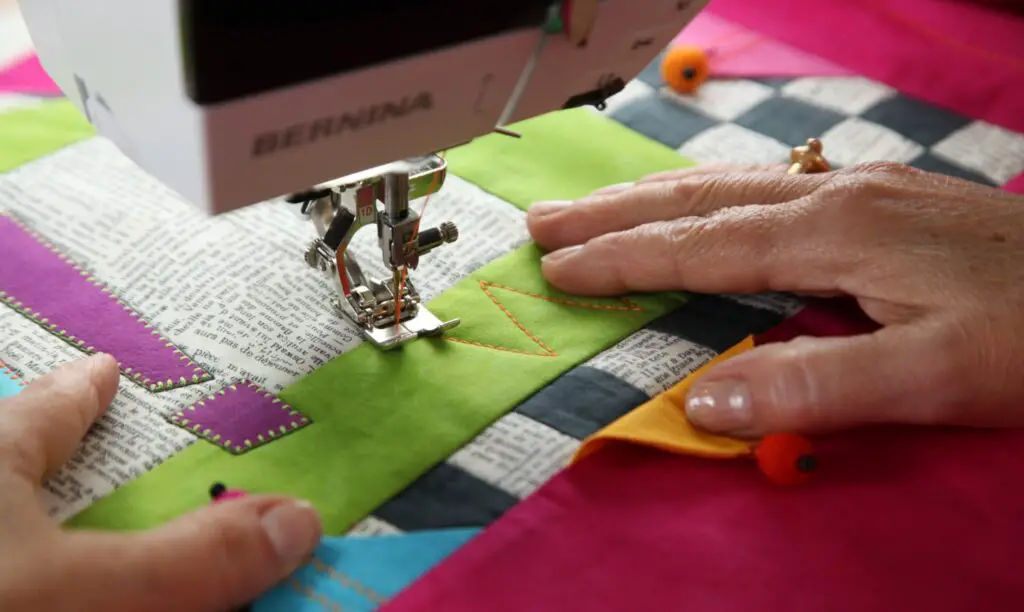Are you interested in learning how to quilt with a walking foot? Quilting with a walking foot is a great way to add texture and design to your quilts. It is also an easy and fun way for beginners to get started quilting. In this article, we will provide tips and techniques for quilting with a walking foot, so that you can create beautiful quilts with ease.
What Does a Quilting Walking Foot Look Like?

A quilting walking foot is an essential tool for sewing machine quilting. It helps to evenly feed and sew thick layers of fabric and batting, to create beautiful quilts. The walking foot has several unique features that make it ideal for quilting.
- Hopping Foot: The top part of the foot is known as the hopping foot, which is designed to automatically move in a walking motion. This helps to create even stitches and a consistent quilting pattern.
- Presser Foot: The presser foot is the bottom part of the walking foot, which is designed to press the fabric and batting layers against the feed dogs of the sewing machine, to ensure even feeding.
- Sides: The sides of the walking foot are designed to keep the fabric and batting layers in place as they are fed through the machine.
- Feed Dogs: The feed dogs are the metal teeth at the bottom of the walking foot that grip and move the fabric and batting layers through the sewing machine.
- Toe: The toe of the walking foot is the edge that sits closest to the needle and helps to keep the quilt top in place as it is sewn.
When using a walking foot for quilting, it is important to follow the machine manufacturer’s instructions on how to machine quilt with a walking foot. Make sure the walking foot is properly attached to the machine, and that the layers of fabric and batting are properly aligned before starting to quilt.
What is a Quilting Foot for a Sewing Machine?
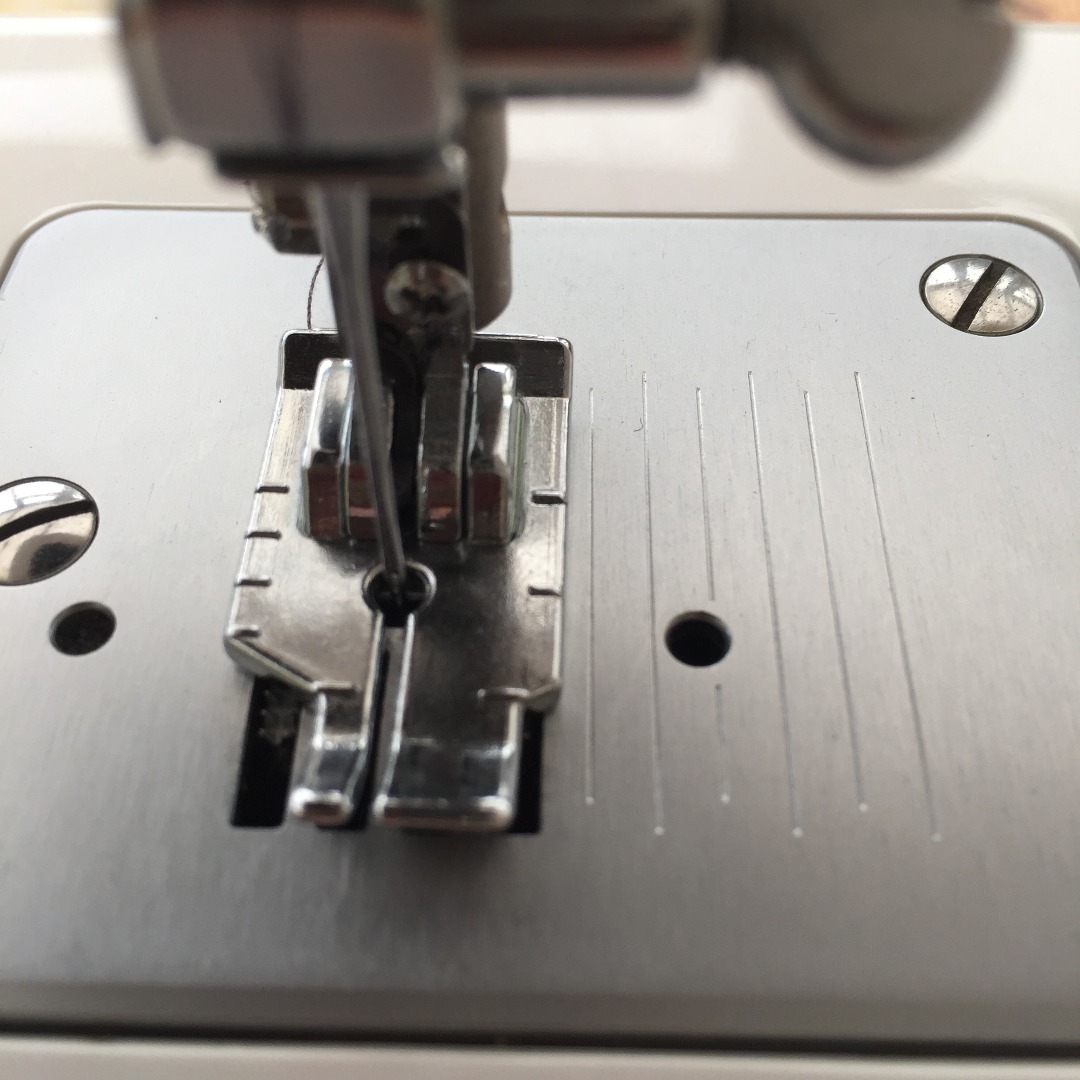
A quilting foot for a sewing machine is an accessory that helps create even and consistent stitches when quilting. It is specially designed to help the fabric glide smoothly and evenly through the machine while quilting. It is usually slightly curved so the fabric can be moved more easily and the stitches will be even. The quilting foot can be used on both straight and curved-stitch machines.
What does a quilting foot look like?
A quilting foot typically has a longer, more pointed shape than a traditional presser foot. It is usually a metal foot with a flat sole and a curved plastic or metal top. The curved top helps guide the fabric evenly and smoothly through the machine, creating even stitches.
How does a quilting foot work?
When quilting with a quilting foot, the needle is positioned slightly lower than usual. This helps keep the fabric flat and even as it is fed through the machine. The quilting foot’s curved top helps guide the fabric through the machine, allowing for even stitches. The quilting foot also helps keep the fabric from stretching or bunching up as it is stitched.
What are the benefits of using a quilting foot?
Using a quilting foot can make quilting easier and faster. It can help ensure even stitches and a smooth movement of the fabric through the machine. The quilting foot can also help keep the fabric from stretching or bunching up as it is stitched.
What Feet Do I Need to Quilt With?
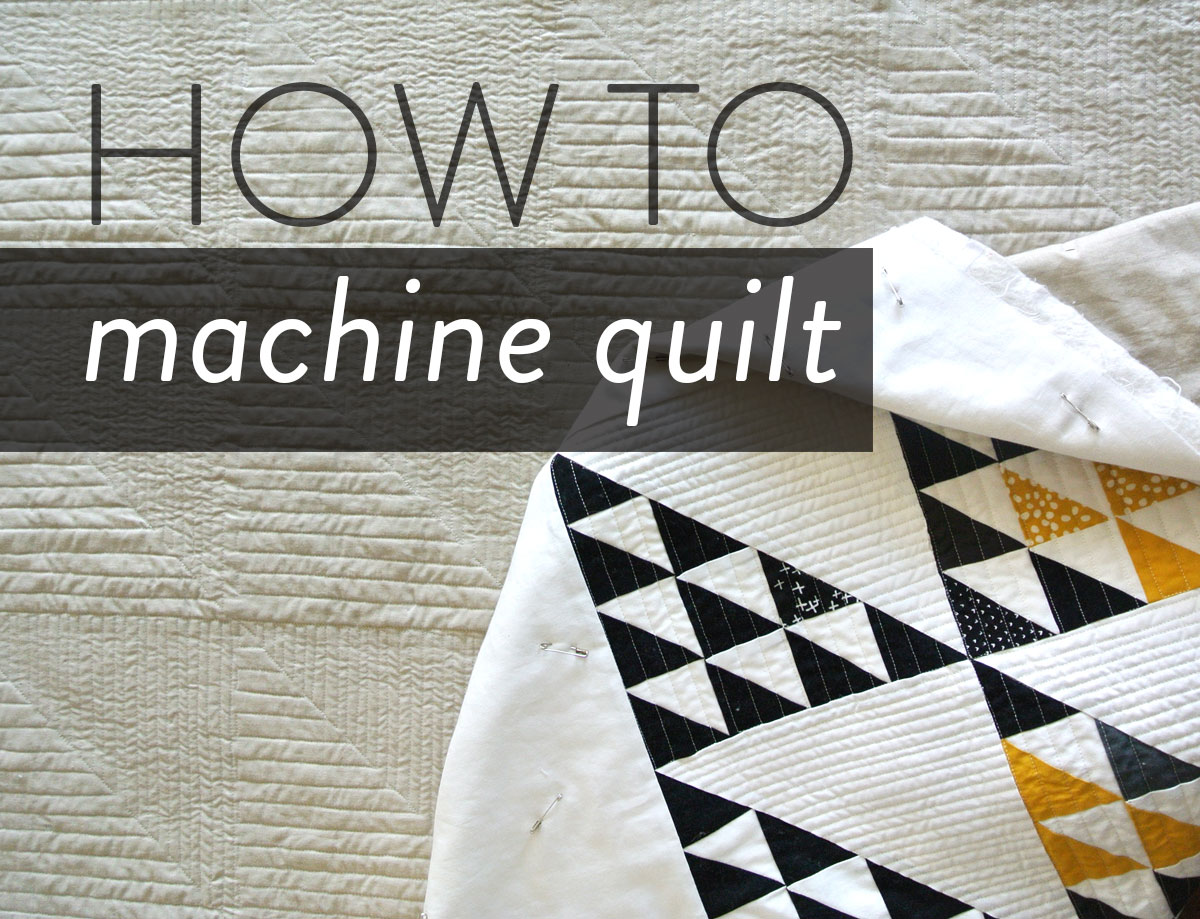
To quilt with a walking foot you will need a specialized foot that comes with the machine or can be purchased separately. This foot is specifically designed for quilting, as it has a wide base and feed dogs (teeth) that will move the fabric as you sew. It also has a needle guard that prevents the needle from catching on the fabric as you quilt.
The walking foot is essential for creating even stitches when quilting, as it feeds the fabric through the machine at the same rate as the presser foot. This helps to keep the fabric from shifting or bunching up as you sew. Additionally, a walking foot can be used to make matching quilting lines, as it can feed the fabric in a straight line.
In summary, to quilt with a walking foot you will need a specialized foot with a wide base, feed dogs, and needle guard. The use of this foot helps to create even stitches and matching quilting lines as you sew, making it a great option for quilting.
What Foot Should I Use to Quilt Pieces?
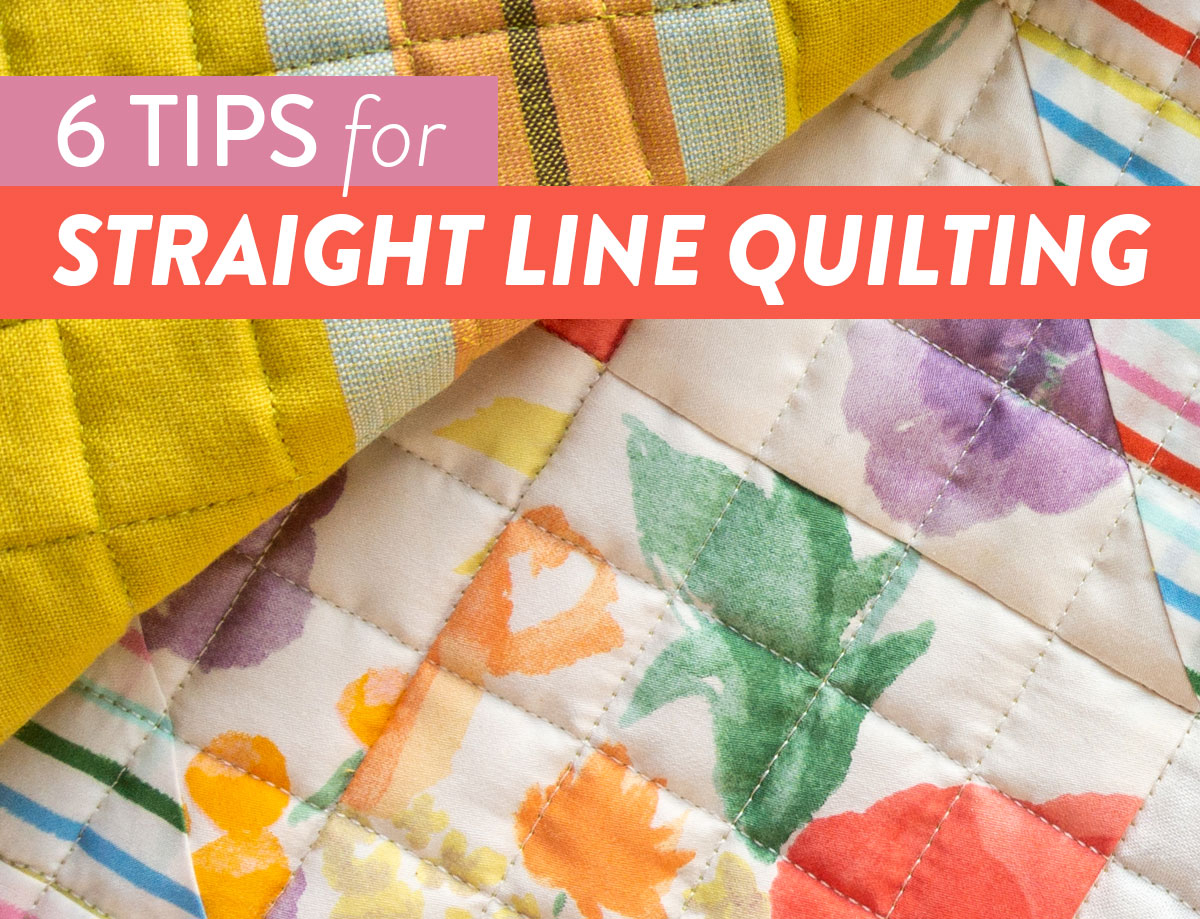
Quilting is a great way to create beautiful and unique pieces of art, but it also requires specific tools and techniques to achieve the best results. One of the most important tools for quilting is the walking foot, which is designed to help you quilt with even, consistent stitches. Here are some tips for using a walking foot to quilt pieces:
What is a Quilt Foot for Sewing Machine?
A quilt foot for a sewing machine is a special foot attachment that helps you evenly feed multiple layers of fabric through your machine as you sew. It is designed with an even feed mechanism that helps to keep your fabric layers from shifting as you sew, resulting in even and consistent stitches.
Which Foot Should I Use?
- For straight-line quilting, use a straight-stitch quilting foot.
- For free-motion quilting, use a free-motion quilting foot.
- For curved-line quilting, use a 1/4-inch quilting foot.
- For stitch-in-the-ditch quilting, use a stitch-in-the-ditch foot.
Tips for Quilting with a Walking Foot
- Always use a new, sharp needle when quilting with a walking foot.
- Make sure the presser foot is securely attached and the fabric is properly aligned before beginning to sew.
- If possible, use a stippling or meandering stitch pattern for your quilting.
- If you are using a walking foot for free-motion quilting, set the machine’s feed dog to its lowest setting.
- Set your stitch length to the shortest setting possible to prevent skipped stitches.
By following these tips and using the right quilting foot for your project, you can create beautiful quilted pieces with your sewing machine.
How to Machine Quilt with a Walking Foot?
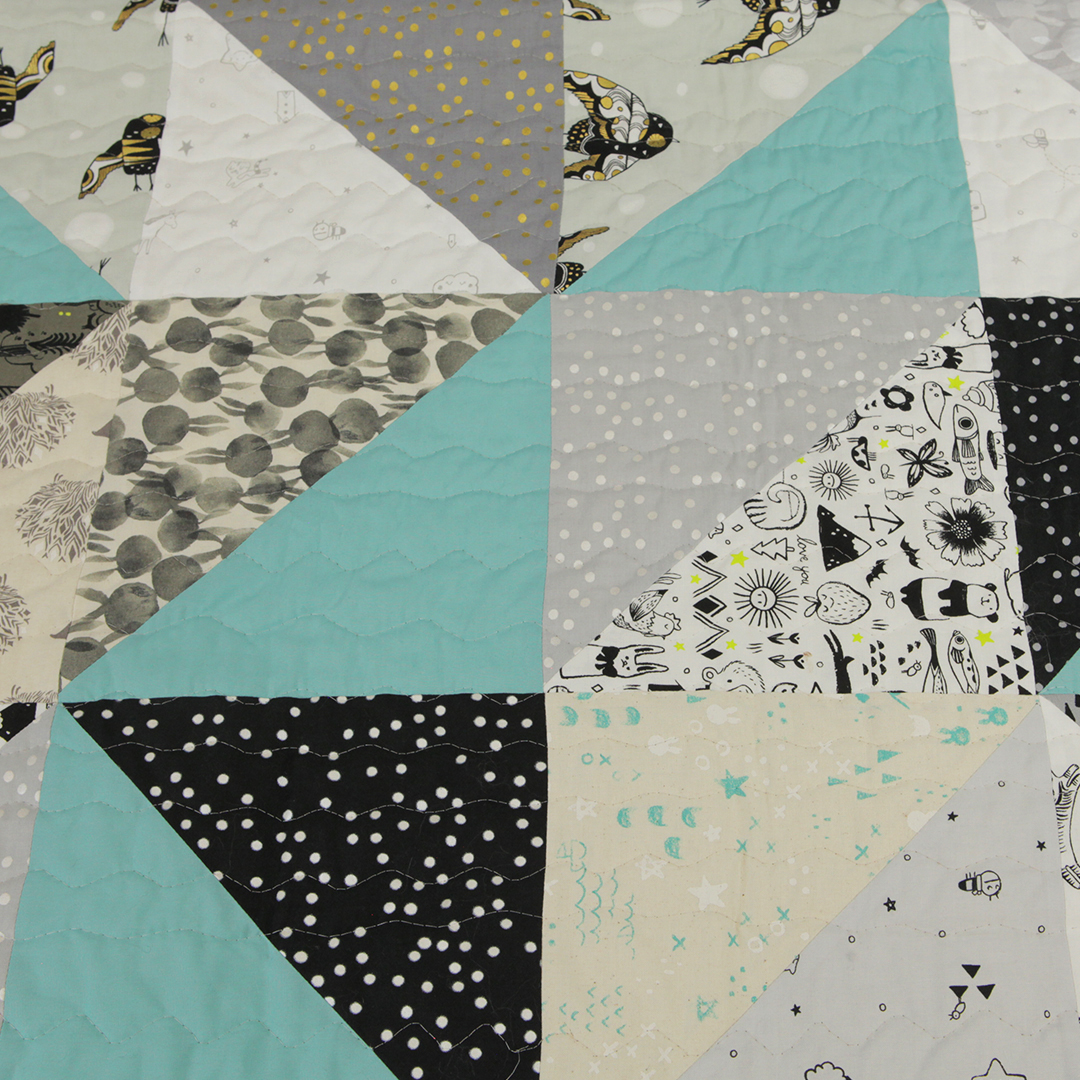
Preparing and Setting Up the Quilt
Prepare the quilt by pressing it and basting the layers together. Use a walking foot to quilt the layers together, which involves attaching the walking foot to the sewing machine. Ensure the sewing machine is threaded correctly, with the bobbin loaded.
Sewing the Quilt
Set the stitch length to a moderate size, between 10-12 stitches per inch. Start with a test piece, to practice and adjust the settings. Begin quilting from the middle of the quilt, and move outward. The walking foot will help the fabric feed evenly, with no puckering. What feet do I need to quilt with? A walking foot is used to evenly feed the layers of fabric, while quilting.
Tips & Techniques for Beginners
Selecting the Right Walking Foot
The right walking foot is essential for successful quilting. To get the best results, choose a walking foot specifically designed for your machine. Generally, the manual that came with the machine will identify the best walking foot to use. It is also important to make sure the foot is the right size for the fabric that you are using.
Choosing the Right Stitch Length
The stitch length is an important factor when quilting with a walking foot. Generally, a stitch length of 2.5mm to 3.0mm is recommended for quilting with a walking foot. Any shorter stitch length can cause skipped stitches and any longer stitch length may cause the fabric to shift.
Adjusting the Walking Foot
When quilting with a walking foot, it is important to adjust the walking foot for the correct pressure. To do this, turn the screw on the foot until the pressure is appropriate for the fabric. If the pressure is too low, the fabric will not be fed evenly and the stitches may be visible.
Coordinating the Quilting Pattern
When quilting with a walking foot, it is important to coordinate the quilting pattern with the fabric. For example, if you are using a fabric with a pattern, it is important to quilt with a pattern that will complement the fabric. This can be done by using a walking foot with a pattern foot or by using an embroidery foot. Additionally, using a walking foot with a variety of different quilting designs is a great way to get creative with your quilting.
When it comes to choosing the right walking foot for your quilting project, it’s important to take the time to consider what foot is best for the fabric and quilting pattern you are working with. This will help ensure a successful quilting project and will help you get the most out of your quilting experience.
Frequently Asked Questions
What Type of Fabric Is Best to Use When Quilting with a Walking Foot?
When quilting with a walking foot, fabrics with a tight weave and a smooth finish work best, such as quilting cotton, canvas, and denim. Avoid stretchy fabrics, like knits, as they can be difficult to feed through the machine. Also, avoid fabrics with a lot of texture, such as velvet, as they can be hard to keep even when using a walking foot.
What kind of presser foot should be used when quilting with a walking foot?
Walking Foot: This presser foot is specially designed for quilting with a walking foot. It can be used to evenly feed multiple layers of fabric through the sewing machine, ensuring that the quilt top is not stretched or distorted.
Open Toe Quilting Foot: This presser foot has a small open toe that allows for better visibility when quilting. It is ideal for quilting intricate designs and for stitching small pieces.
¼” Piecing Foot: This presser foot is designed for precision piecing and is ideal for quilting small blocks and intricate designs.
Ditch Quilting Foot: This presser foot is designed to help create perfect seams and perfect stitching in the ditch. It is ideal for quilting small blocks and intricate designs.
Free Motion Quilting Foot: This presser foot is designed for free motion quilting and is perfect for creating intricate designs and quilting small blocks. It is also ideal for quilting curved edges.
Clear View Quilting Foot: This presser foot is designed to provide an unobstructed view of your quilting project. It is ideal for quilting intricate designs and stitching small pieces.
How Does a Walking Foot Help in the Quilting Process?
A walking foot is a presser foot attachment that is used to feed multiple layers of fabric through the sewing machine at the same time. This is particularly helpful when quilting, as it prevents the fabric from shifting and bunching. It also helps to evenly distribute the quilting stitches and provides an even tension on the fabric. Additionally, a walking foot helps create a consistent stitch length and helps to reduce puckering of the fabric.
What type of machine is best for quilting with a walking foot?
A walking foot sewing machine is the best machine for quilting due to its even feed, allowing for consistent stitching. The feed dogs, which are the metal teeth beneath the foot, move the fabric from the back to the front. This provides an even feed and prevents fabric from shifting or shifting layers from becoming uneven. It also ensures there are no skipped stitches as the fabric is moved. The most popular machines for quilting with a walking foot are industrial machines, domestic machines with a wide range of stitches, and specialty machines designed specifically for quilting.
How do I set up my machine for quilting with a walking foot?
To set up your machine for quilting with a walking foot, first attach the walking foot to your machine. Most machines come with a variety of feet, including the walking foot. To attach the foot, slide the shank of the foot into the presser foot holder and secure it with the screws on the back. Once the foot is attached, adjust the height of the foot so that it clears the fabric. Next, adjust the stitch length and width to fit the desired pattern. Finally, thread the machine with the appropriate thread and you are ready to quilt.
Conclusion
Quilting with a walking foot is a great way for beginners to get started quilting. It is a simple and effective technique that can be used for a variety of quilting projects. With the right tips and techniques, you can learn to quilt with a walking foot quickly and efficiently. With a little bit of practice, you can become a pro quilter in no time.
